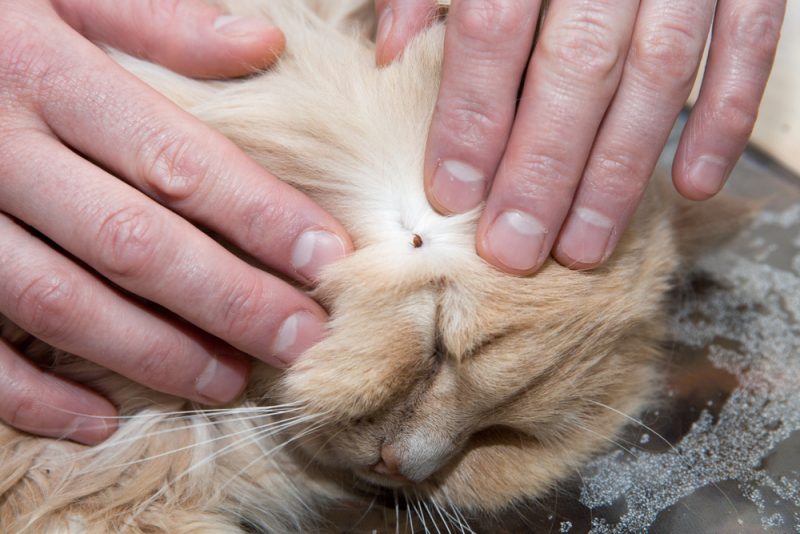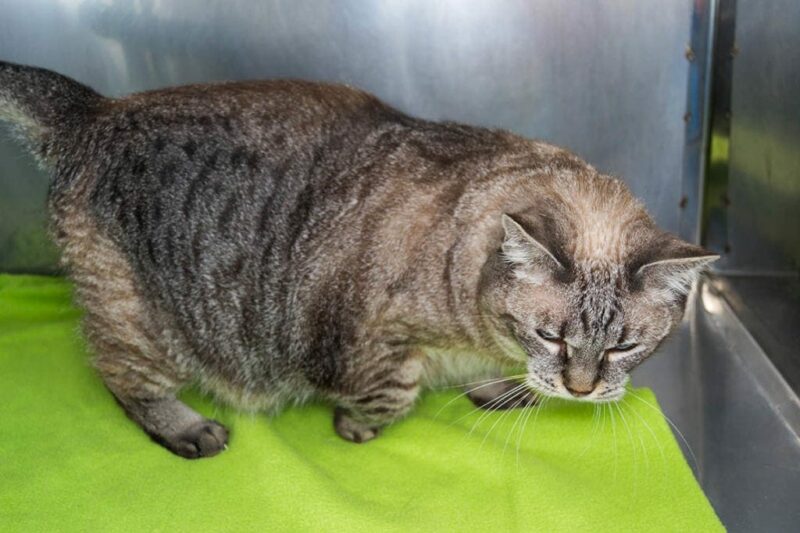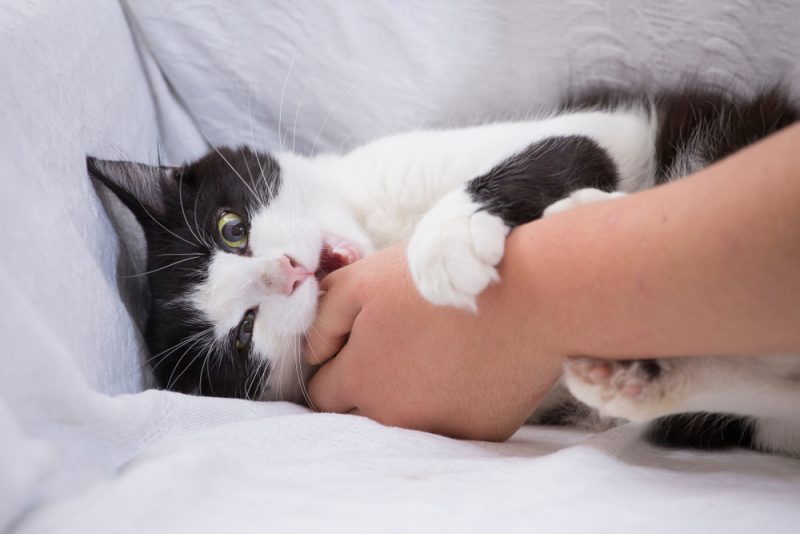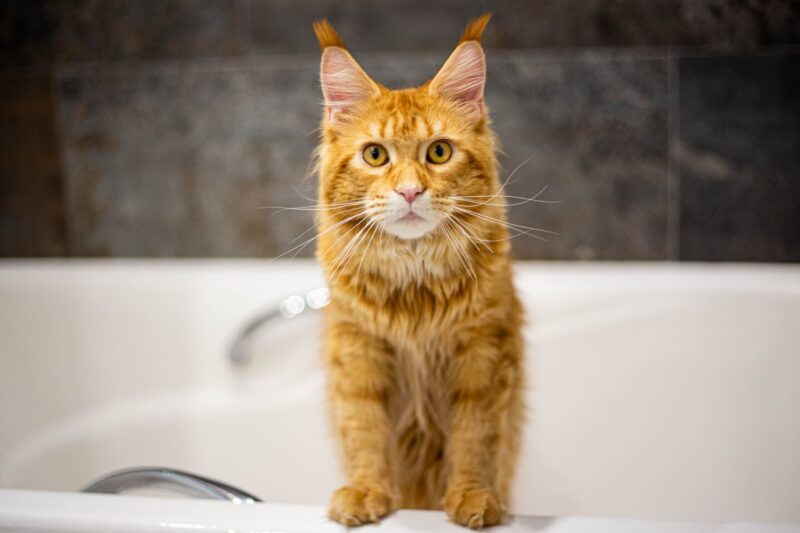In this article
Experts generally agree that it can take up to a year for cats to forge any kind of relationship, even if it is one of avoidance. Avoidance might not be the objective when you first introduce two cats. After all, many of us get a second cat in the hope they will keep the first cat company.
As much as we want them to become best buddies, this isn’t always possible. Sometimes, avoidance is the best we can hope for. And it is certainly better than constant aggression and regular fighting. There is no specific deadline for when you should give up on cats getting along, but as it can take a year for some cats to coexist, you might need to be prepared for the long haul.
Unfortunately, if you do have cats that won’t get along, it might be necessary to rehome one for the benefit of both.

The 5 Tips to Safely Introduce Your Cats
One of the key factors in determining whether cats will get along is the original introduction. If the introduction is rushed, or continued efforts to introduce the cats lead to aggravation and fighting, it will be very different for the cats to get along.
They will remember those first meetings and, at the very least, it will prolong the time it takes for a peaceful union. When introducing cats, follow these steps to help improve the chances of them getting along.
1. Take It Slowly
Never try to rush first introductions. It will take time for cats to form a relationship, and you need to be patient. Expect it to take several months, and if it happens any sooner, that’s a bonus. When you bring the new cat home, keep the cats separate.
Try and let them smell one another before they meet face to face. This can be done on different sides of a door initially.
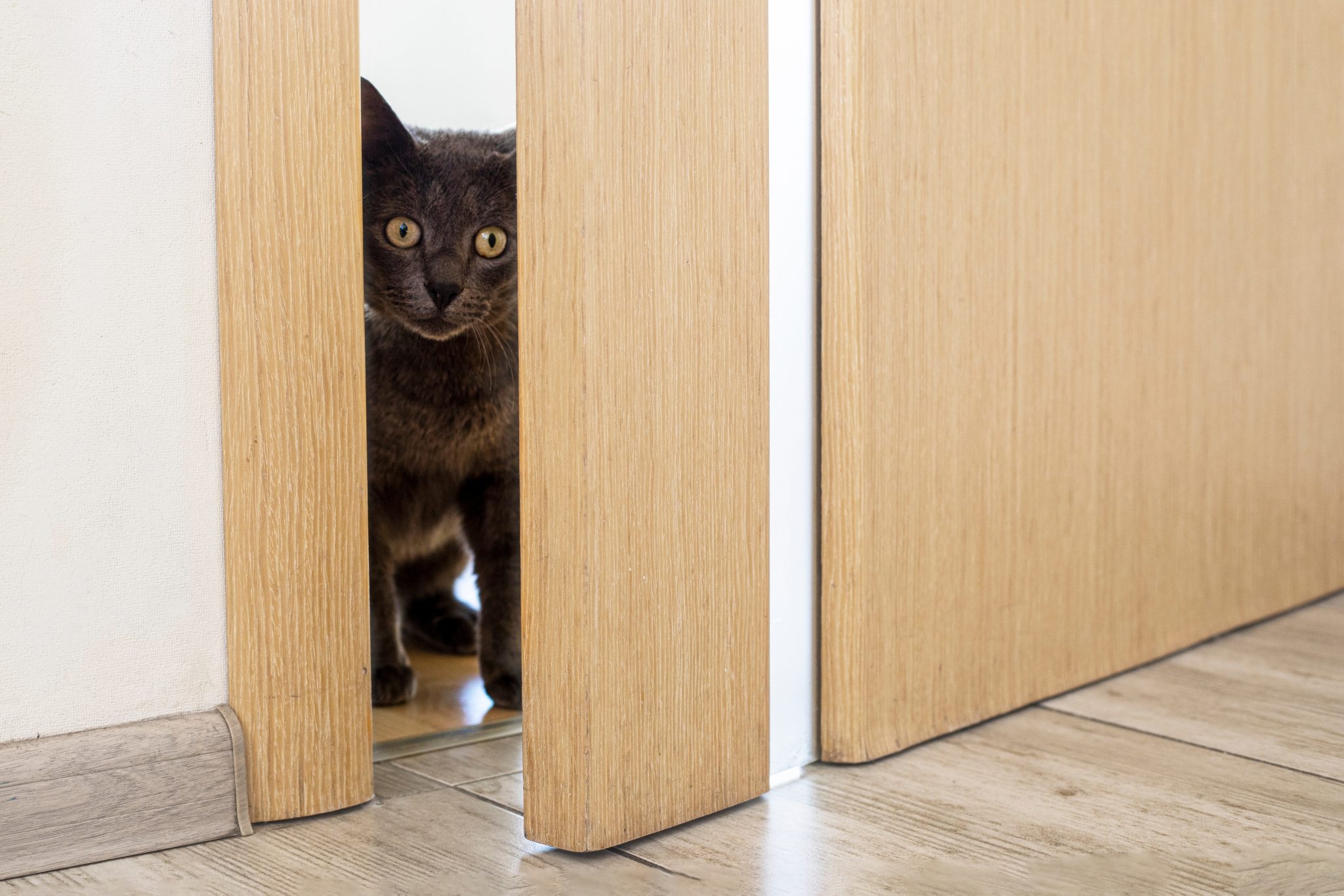
2. Give Each Cat Their Own Space
Before you make proper introductions, set aside separate spaces for both cats. Give them a bed or something comfortable to sleep on in different rooms and when you do make physical introductions, ensure they can both get away to their own space and out of the way of the other cat.
Cats are creatures of habit. They will return to the same spots time and time again, and they consider these spaces their own little areas.
3. Reward Positive Behavior
Once the cats have gotten used to the smell of one another, you can make steady introductions. Don’t just throw them in a room and let them get on with it. This is virtually guaranteed to lead to tension.
When either cat does something positive, reward them with fuss or even a small treat. Initially, positive interaction means ignoring the other cat or calmly sniffing them. Over time, it can include sitting and laying in the vicinity of their new housemate. And, if they eventually play together, give them lots of fuss and attention so they know this is a desirable action that you want them to repeat.

4. Give Them Their Own Resources
As well as giving them their own spaces, make sure both cats have their own resources. This means offering separate bowls with their own foods. Provide more than one water bowl and stick to the rule of one per cat plus one extra when buying and adding litter trays to the house.
If your cats have to struggle to get to their food or even their bed, this will increase the likelihood of them fighting.
5. Stop Fights Before They Happen
Look for signs of your cats fighting. Typical signs initially include growling and hissing, followed by puffed-up fur and hackles standing on end. It can progress to swiping and attempting to bite one another, but you want to stop any fights before they reach this stage. Stand in between them or encourage them to go their separate ways.
If a fight has already started you should avoid picking one or the other cat up, as this can lead to nasty scratches and bites for you.


The 4 Tips to Encourage Warring Cats to Get Along
If it’s been several months and your cats still won’t get along, there are some steps you can take to try and improve the situation.
1. Identify Triggers
Look for specific triggers that might be causing hostility. If one cat keeps eating the other’s food or likes to sleep in its bed, make sure you have ample resources and items so they can both have their own. Try to avoid these triggers so the chances of fighting are lower.
Fights can cause injuries, but they can also cause animosity that is difficult to heal between two cats that already dislike one another.
2. Try Reintroducing Them
It might be time to try reintroducing the two cats. This means giving them separate rooms, keeping them apart, and first letting them sniff the other and get used to their smell. Take a blanket belonging to one cat and put it in the room with the other.
They can get used to the smell without the cat being there.

3. Try Calming Products
Consider using pheromone and other calming products. These aren’t always effective, but if a pheromone spray calms your cats down enough that they can lie in the same room, you can reward them for their positive behavior and try to encourage this peaceful state.
4. Don’t Yell
It is frustrating seeing two cats fight, especially when you want them to live harmoniously together. But don’t let that frustration become shouting or reprimanding. Your cats are acting naturally. The old cat is protecting what it views as its territory, even though the new cat doesn’t necessarily want to take over.
Avoid shouting, don’t make loud noises to stop fights, and don’t throw things at them to separate a fight, even if the items are soft. Reach out to a veterinarian for help in case you would have a hard time dealing with your cat.
If you need to speak with a vet but can't get to one, head over to PangoVet. It's an online service where you can talk to a vet online and get the advice you need for your pet — all at an affordable price!


What to Do If Your Cats Never Get Along
It does take time for cats to form a relationship, but there is no guarantee that two cats will ever get along. Even after gradual introductions, positive reinforcement, and ensuring they have their own beds, litter trays, and food, it is possible that your cats still won’t get along. If they ignore one another, which is common, this might be the best you can expect. And, as long as they aren’t fighting and injuring one another, it might be enough.
However, if they do fight and it is causing physical injuries or emotional stress in one or both of the cats, there may come a point where you have to face the reality that they can’t live together. It is heartbreaking, but the kindest thing to do for both cats may be to rehome the new cat. Take your time finding a new owner and ensure they will give the cat a suitable home and that your cat gets along with them.
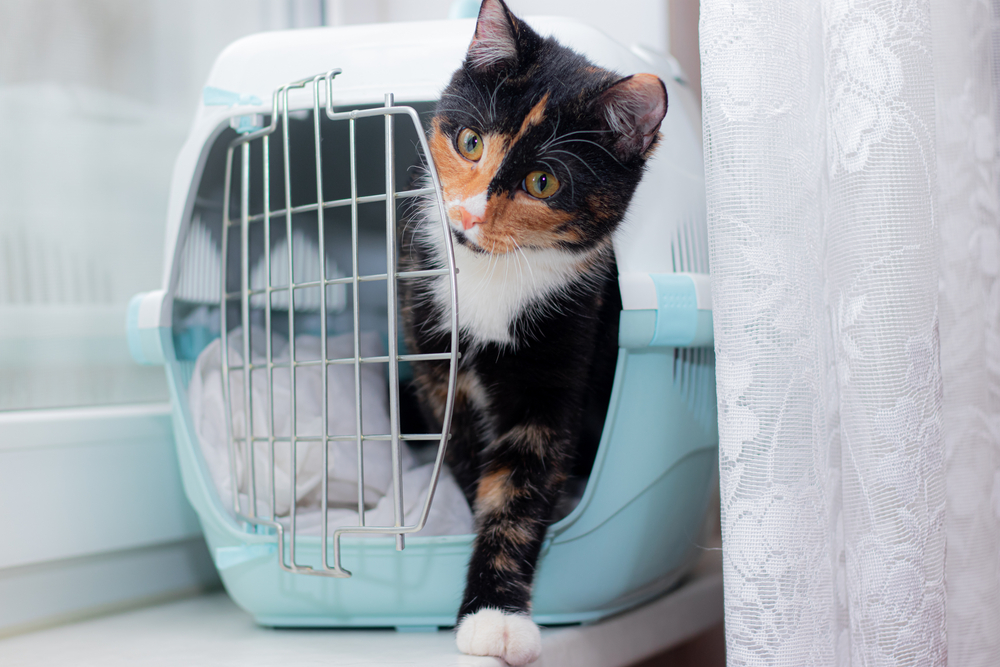
Why Do Some Cats Not Get Along?
There are a lot of reasons why two cats might not get along. The existing cat might feel threatened or defensive, which can manifest in physical aggression. If there was a fight between the two of them, or if initial introductions went poorly, they will remember. And, once they’ve fought it can be difficult to convince them both that the other cat is friendly.
They might be fighting over resources or trying to assert dominance over the other. And if one or both cats are unaltered, it could be a hormonal response.

Conclusion
Many people keep two or more cats in the same house. However, it isn’t always easy to introduce a new cat to one that is already in the house. It needs a cautious approach, or the two will fight and they might challenge one another for dominance.
Even with careful introductions, though, there are still some cases where two cats will never get along well enough to share a house.
While some toy fighting and fallings out are to be expected, in the same way that two humans living together will have occasional arguments, if your cats are constantly fighting and injuring one another, it might mean they will never get along. Rehoming one of the cats is an extreme and final solution, but it really can be the best decision for both cats if the relationship is irreparable.
Featured Image Credit: Nils Jacobi, Shutterstock




